|
0 Comments
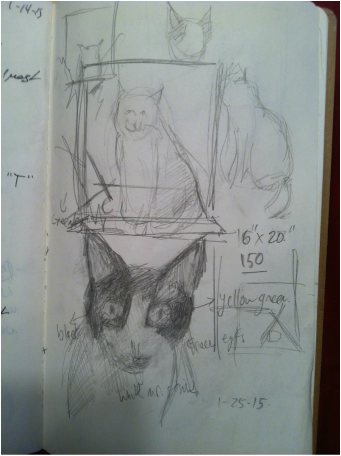 I will be starting a new portrait of a beautiful tuxedo colored cat and I'm going to make another step-by-step guide for it. I had a really good time doing a demo last time, so I will definitely enjoy doing another. This will be a slightly smaller painting, but will follow similar steps as before. I photographed the cat today and will be making the canvas and setting to work once I have everything in place. I recently had the task of hanging a painting over a fireplace in the gallery where I work. I have hung work before for shows and so on, but it struck me that there's a correlation between hanging the work and making the work. When I make a painting, I start with a general idea and work down from there. It is a process of broad to narrow in many ways; from large painting strokes to small details. The larger picture has to be pleasing before you can proceed. This is also why many great works look great as a thumbnail as well as full size. 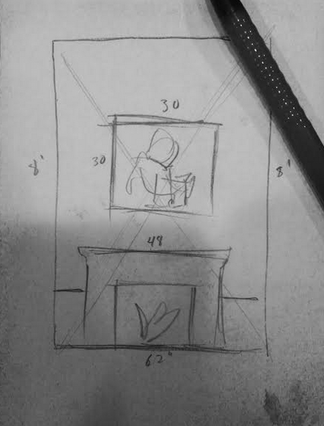 The general picture is the skeleton upon which the work is made and the same is true for hanging a work on the wall. When I hung the work, I started with a generalized rough sketch of the dimensions and shapes, which is exactly how an academic painting starts. Even the sketch itself has a form of beauty that I find compelling. After the dimensions are laid out in the sketch, then I went to the wall and measured off exact distances to place two hooks for each side of the painting. The sketch proved invaluable at this point with all the measurements laid out. I hung the painting and stepped back and realized the picture was tilted. I was sure my measurements were correct, but it was definitely skewed. My inner perfectionist wasn't happy so I took the painting off the wall and moved the left hook 1/4" up. Re-hung the painting and found it was still wrong. I went back and forth for twenty minutes and then realized that my measurements were perfect, but the fireplace was sloped. This created a visual discrepancy and made it look like the fireplace was off kilter. The painting ended up looking straight, without actually being straight. Just like with so many paintings, it's a back and forth battle to make the details look just right. As Norman Rockwell once said, "Sometimes they come easy and sometimes they come hard." In the end I had to make the painting look like it was straight through an optical illusion. And in the end, isn't that what painting is? An optical illusion. -The true contrarian does not simply go against the popular opinion, but instead thinks for himself- I am flip-flopping about my opinion of facebook, but If you follow me on facebook, you'll be happy about my most recent realization. It hit me rather suddenly that I was shunning the 21st century for no reason at all. The realization I had was truly to try and be the best version of myself. And while there are aspects of the past that I believe apply better in our age, I also want to embrace the 21st century. After all, I drive a car, live in a 21st century home, listen to rap, love animation and brush my teeth, so I will try and balance my digital presence as well.
I still think this age is too much digital and not enough physical, but it's something that I am a part of. To be yourself in this age is also difficult because of the proximity of influences. You can simply search styles of all ages now on the internet. I know now that these are all tools and the zeitgeist of the time has a strong digital component. -I continue to try and find the balance day by day- |
Archives
July 2024
Categories
All
|
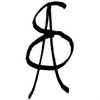
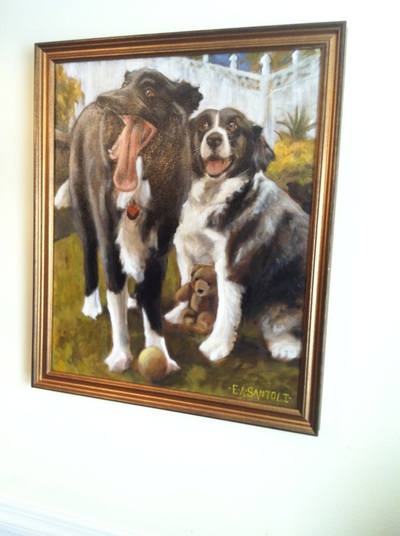
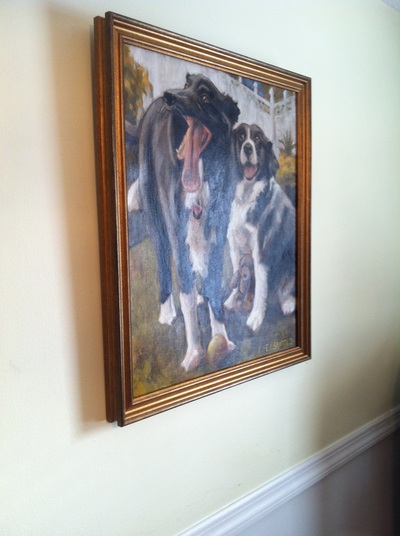
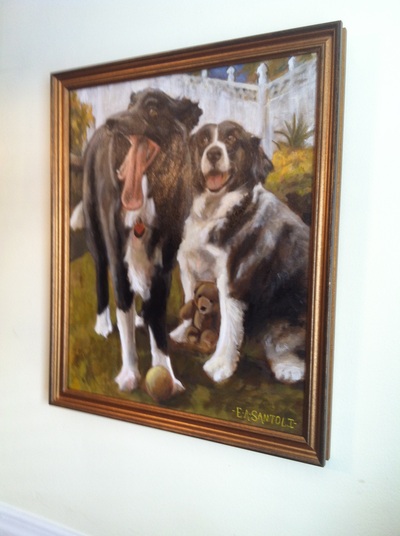
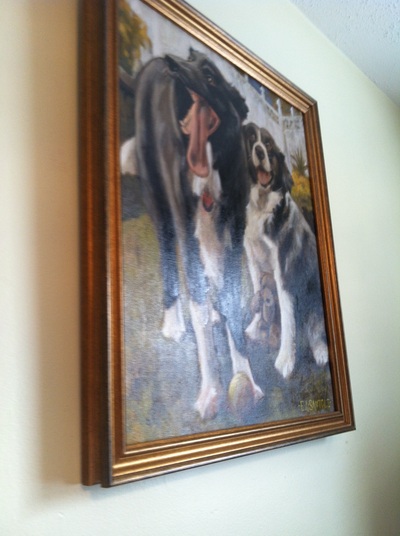
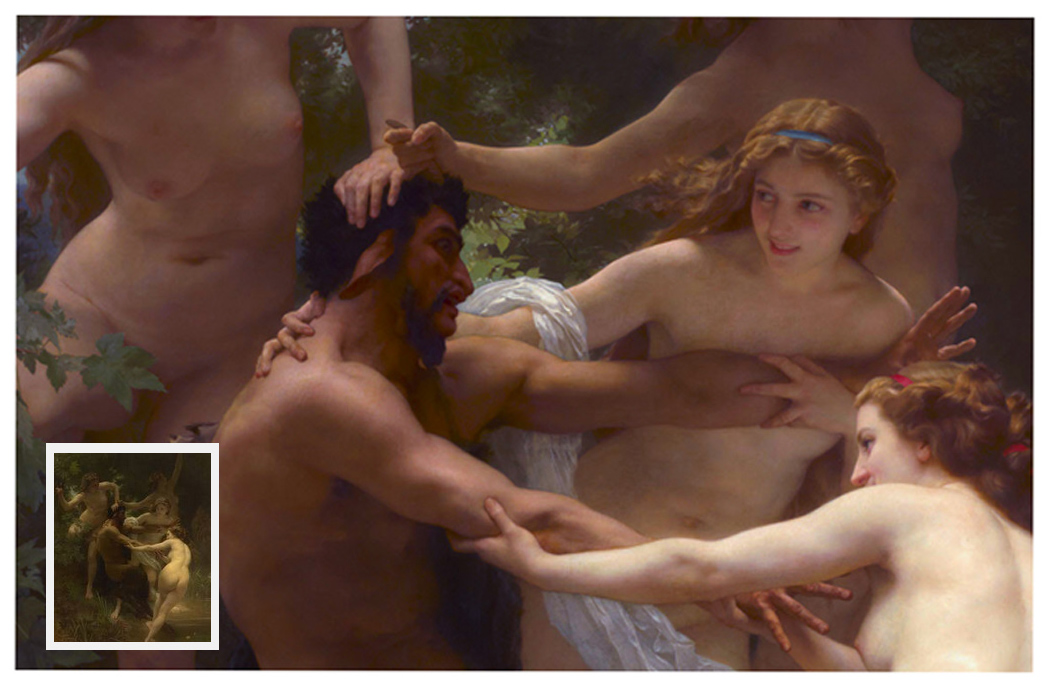
 RSS Feed
RSS Feed